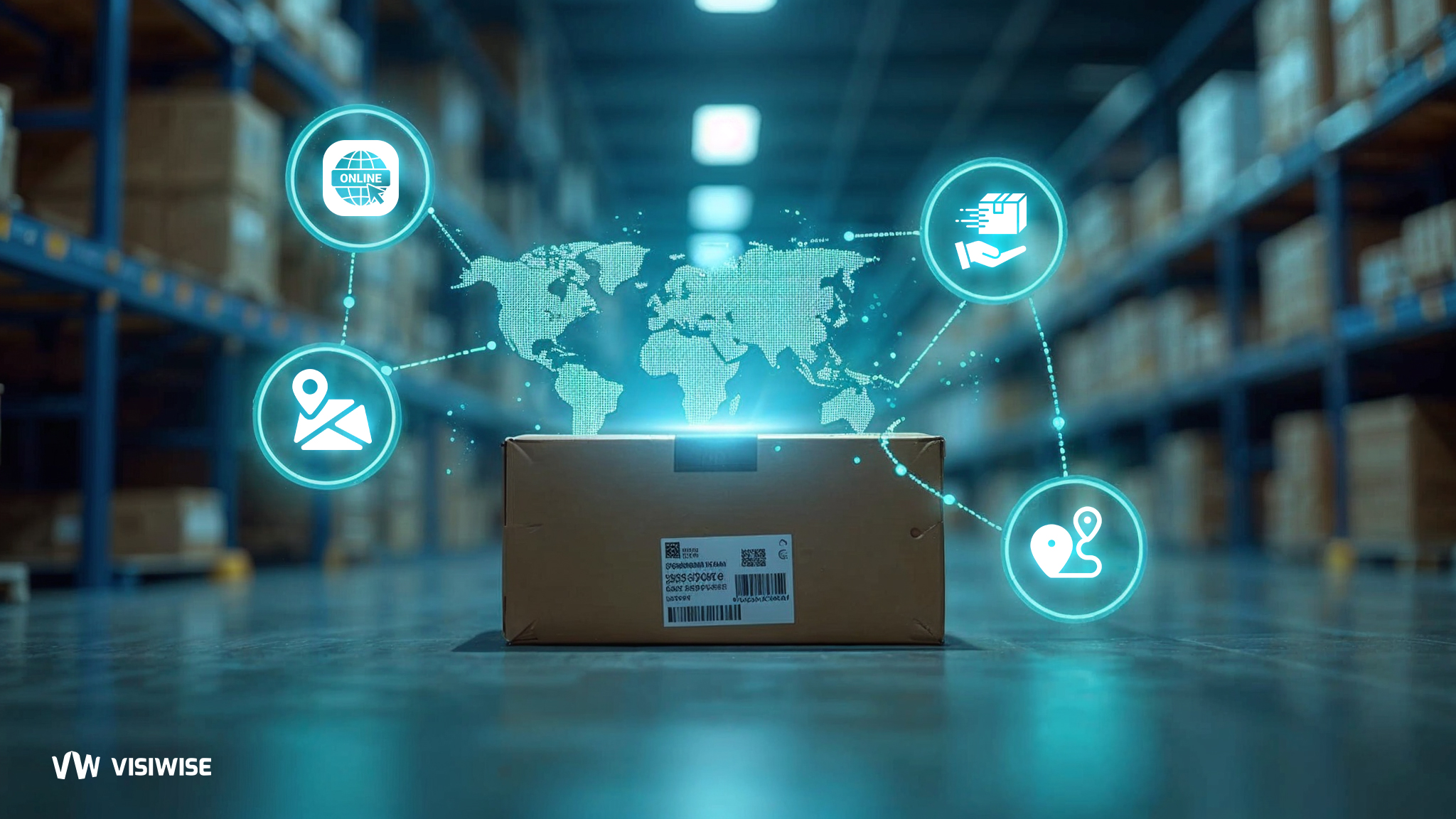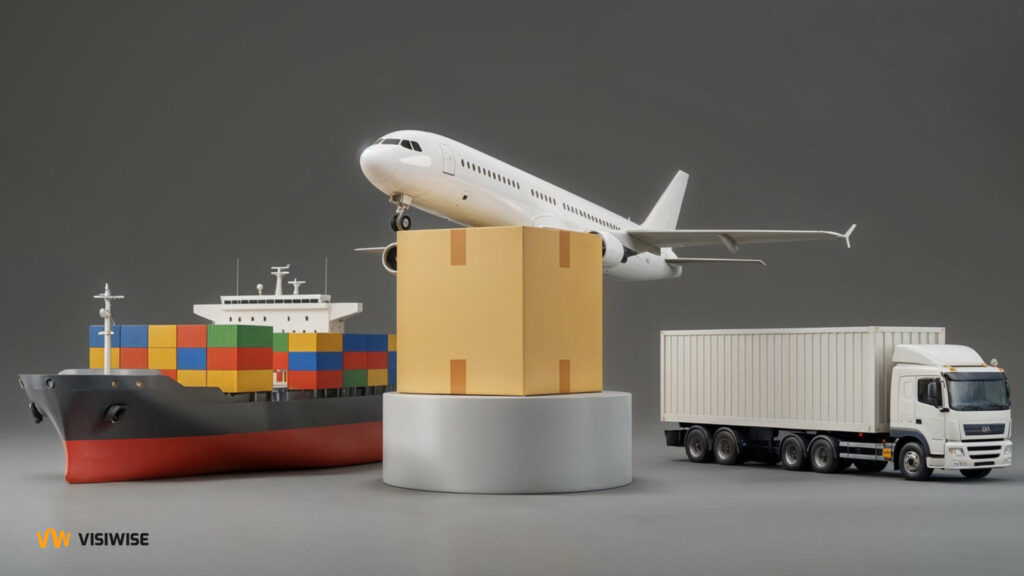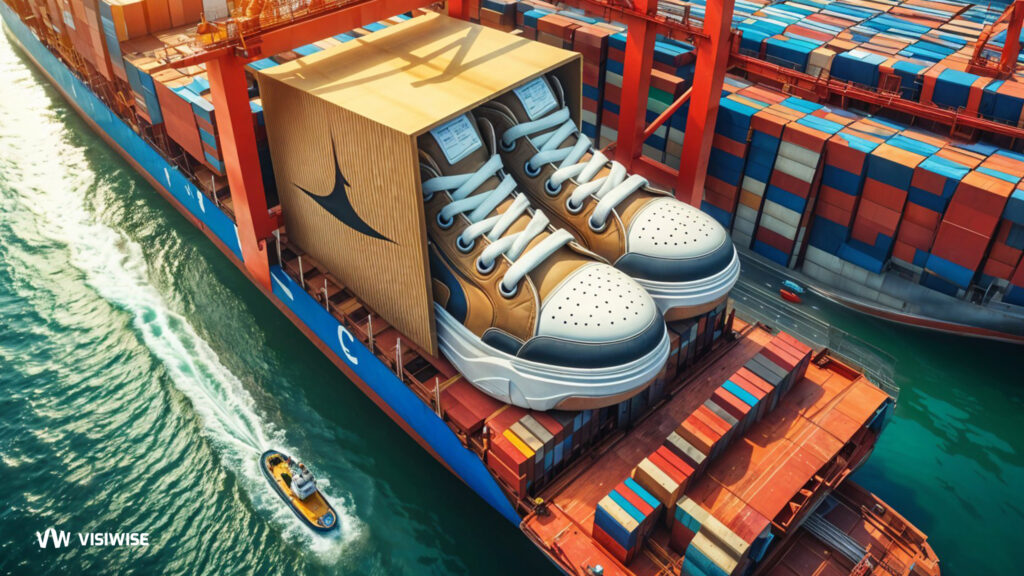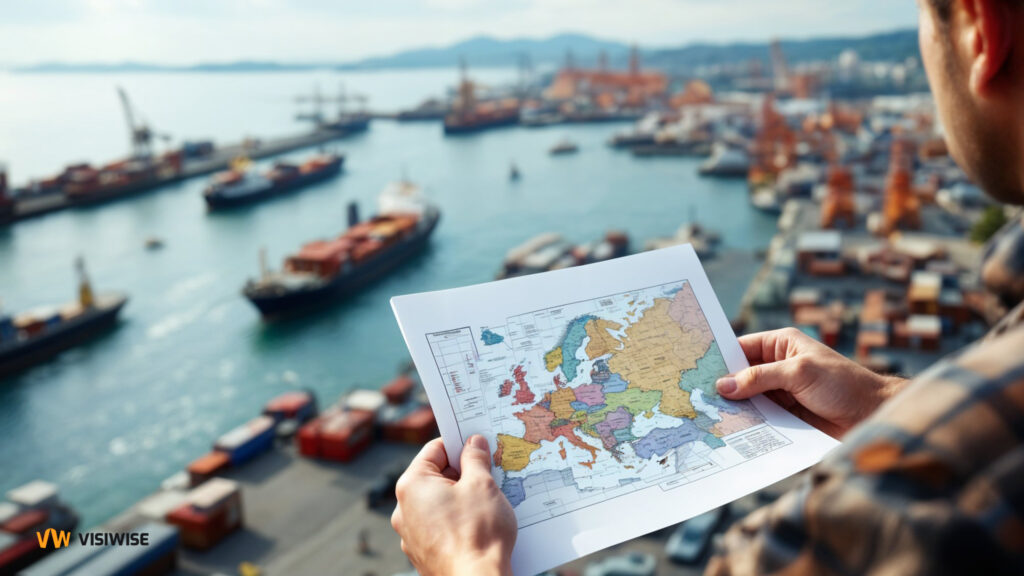As consumer expectations for fast and reliable deliveries continue to rise, logistics providers are increasingly adopting innovative technologies to ensure efficient package tracking and transparency. Today, the demand for real-time visibility into a package’s journey—from order placement to final delivery—has reshaped the logistics industry, pushing companies to explore solutions that enhance both efficiency and customer satisfaction. In this article, we explore the latest trends and cutting-edge technologies shaping the future of package tracking, providing an overview of the primary tools in use, their advantages, and their applications in real-world scenarios. Whether through enhanced data analytics, smart tracking systems, or improved connectivity, these innovations are driving the evolution of logistics to meet the high standards set by modern consumers.
1. GPS (Global Positioning System)
Overview:
GPS is a satellite-based geolocation technology that provides real-time location data for vehicles and packages in transit. It enables logistics companies to monitor delivery vehicles and optimize delivery routes.
Advantages:
- Real-time location tracking: Provides accurate, real-time data on vehicle and package locations, helping companies monitor shipments continuously.
- Route optimization: Allows for route adjustments based on traffic, weather, or other factors, reducing delays and fuel costs.
Applications:
- Fleet management to track delivery vehicles.
- Real-time customer notifications on package location.
- Route planning to reduce transit times and improve efficiency.
2. RFID (Radio Frequency Identification)
Overview:
RFID uses radio waves to identify and track items within specific ranges, making it ideal for warehouse and inventory management. RFID tags are attached to items and read by scanners, allowing for efficient tracking without manual scanning.
Advantages:
- Quick and automated tracking: Tags can be scanned without line-of-sight, allowing for efficient tracking of large volumes of items.
- Simultaneous scanning: RFID readers can scan multiple tags at once, speeding up processes in high-volume environments.
Applications:
- Inventory management in warehouses.
- Tracking of high-value items in storage and transit.
- Monitoring of items in manufacturing processes.
3. Barcode Scanners
3. Barcode Scanners
Overview:
Barcode scanners are widely used for tracking packages through various stages of transit. Each package has a unique barcode that is scanned at different checkpoints, updating its status and location in the tracking system.
Advantages:
- Cost-effective: Barcode scanning is affordable, easy to implement, and widely used.
- Efficient for large volumes: Packages can be scanned quickly, making barcode scanners ideal for high-throughput facilities.
Applications:
- Sorting and tracking packages in distribution centers.
- Inventory management in warehouses.
- Quick tracking of packages at various checkpoints along the delivery route.
4. Beacons
Overview:
Beacons are Bluetooth-enabled devices used for short-range tracking, often within warehouses or for locating vehicles. They emit signals that nearby Bluetooth-enabled devices can detect, helping to locate packages or vehicles in real time.
Advantages:
- Accurate short-range tracking: Beacons provide precise tracking within limited areas, such as warehouses or vehicles.
- Low-cost and energy-efficient: Beacons are relatively affordable and have a long battery life, making them practical for short-range tracking needs.
Applications:
- Last-mile delivery tracking within urban areas or specific buildings.
- Locating packages or vehicles within large warehouses or distribution centers.
- Asset tracking within fixed spaces, such as retail stores or factories.
5. Sensors
Overview:
Sensors provide real-time monitoring of a package’s location and environmental conditions, such as temperature, humidity, and shock. This technology is essential for sensitive shipments that require specific handling conditions.
Advantages:
- Real-time environmental monitoring: Sensors can detect temperature changes, humidity, or impact, helping to maintain optimal conditions for sensitive goods.
- Enhanced security: Sensors can alert handlers to tampering or deviations in environmental conditions.
Applications:
- Temperature-sensitive shipments, such as food and pharmaceuticals.
- Monitoring fragile or high-value items during transit.
- Security monitoring to detect potential tampering or damage.
6. Cloud-Based Tracking Systems
Overview:
Cloud-based tracking systems store tracking data in a centralized, online platform, enabling logistics providers to manage large amounts of data efficiently and share real-time tracking information with customers and partners.
Advantages:
- Centralized data access: Cloud systems provide a single access point for data, enhancing visibility and coordination among stakeholders.
- Scalable and flexible: Cloud solutions can scale up with business needs, allowing for easy integration with other logistics technologies.
Applications:
- Real-time tracking updates for customers and logistics providers.
- Data analysis for route optimization and trend forecasting.
- Integration with other tracking technologies, like GPS and RFID.
Emerging Trends in Order Tracking
In addition to these core tracking technologies, several emerging trends are transforming package tracking, bringing additional capabilities to logistics operations.
1. Automation
Overview:
Automation involves the use of robotics, AI, and other technologies to perform tasks like sorting, picking, and dispatching, without manual intervention.
Advantages:
- Increases efficiency: Automation accelerates processes, such as sorting and inventory management, improving speed and accuracy.
- Reduces human error: Automated systems minimize errors, improving reliability in tracking and handling packages.
Applications:
- Automated sorting in large warehouses.
- Robotic pick-and-pack systems.
- Dispatch systems that assign delivery routes based on real-time data.
2. Eco-Friendly Deliveries
Overview:
Eco-friendly deliveries aim to reduce the environmental impact of logistics by using electric vehicles, route optimization, and carbon-neutral shipping options.
Advantages:
- Reduces emissions: Electric vehicles and optimized routes decrease greenhouse gas emissions.
- Enhances brand reputation: Sustainable practices appeal to environmentally conscious customers.
Applications:
- Electric vehicle fleets for last-mile delivery.
- Route optimization to reduce fuel consumption.
- Carbon-offset programs for long-distance shipping.
3. Hyper-Personalization
Overview:
Hyper-personalization tailors delivery options to individual customer preferences, such as selecting delivery times, locations, and methods based on data-driven insights.
Advantages:
- Improves customer satisfaction: Customizing the delivery experience enhances convenience for customers.
- Builds loyalty: Personalized service fosters stronger customer relationships and repeat business.
Applications:
- Delivery time and location flexibility based on customer preferences.
- Custom notifications and updates based on customer delivery history.
- Tailored offerings for specific customer segments, such as express delivery options.
4. AI and Machine Learning
Overview:
AI and machine learning analyze large datasets to optimize routes, predict delays, and improve delivery accuracy, providing valuable insights for logistics operations.
Advantages:
- Improves delivery reliability: AI-driven insights help reduce delays and enhance estimated delivery times.
- Enables predictive analytics: Machine learning can identify trends and anticipate demand surges or bottlenecks.
Applications:
- Route optimization and traffic analysis.
- Delay prediction and proactive customer updates.
- Demand forecasting for resource allocation.
5. Blockchain
Overview:
Blockchain creates a decentralized, secure record of every step in the supply chain, ensuring transparency and reducing fraud in package tracking.
Advantages:
- Enhances security and transparency: Blockchain provides an unchangeable record, reducing the risk of tampering.
- Improves trust among stakeholders: Transparent records promote accountability among all parties involved in the supply chain.
Applications:
- Recording every package’s journey from source to destination.
- Authenticating high-value or sensitive shipments.
- Preventing fraud through secure, transparent tracking.
6. Drones and Autonomous Vehicles
Overview:
Drones and autonomous vehicles provide fast, efficient delivery options, particularly for last-mile logistics in urban or remote areas.
Advantages:
- Enables rapid, contactless delivery: Drones and autonomous vehicles reduce delivery time and increase efficiency.
- Reduces labor costs: Automation in delivery reduces the need for human drivers.
Applications:
- Last-mile deliveries in urban areas.
- Contactless delivery options for remote or hard-to-reach locations.
- Reduced reliance on human delivery personnel for frequent or small package deliveries.
What technology is being used to track packages USPS?
The United States Postal Service (USPS) uses a combination of tracking technologies to monitor packages from the moment they’re accepted to final delivery. Here’s a look at the key technologies USPS relies on:
1. Barcode Scanning
- Overview: USPS attaches a unique barcode to each package, which is scanned at every significant point in the delivery journey. This allows the system to log updates as the package moves through sorting facilities, transfer hubs, and delivery points.
- Tracking Points: Barcodes are scanned when the package is accepted, arrives at and departs from facilities, is out for delivery, and finally delivered.
- Customer Notifications: Scanned updates are shared with customers in real time, providing transparency and allowing them to track packages via the USPS website or mobile app.
2. GPS (Global Positioning System)
- Overview: GPS is incorporated into USPS delivery vehicles, allowing for precise, real-time tracking of the vehicle carrying the package.
- Delivery Confirmation: With GPS, USPS can confirm delivery locations and times, which enhances the reliability and accountability of the service.
- Location-Based Scanning: When the carrier scans a package upon delivery, GPS logs the location, allowing USPS to confirm the exact spot of delivery and providing additional assurance to customers.
3. Optical Character Recognition (OCR) and Automation
- Overview: OCR and automated sorting systems are used at USPS sorting facilities to quickly identify and route packages based on their barcodes or address labels.
- Efficiency: These automated systems speed up sorting and reduce errors, ensuring that packages are routed correctly and reach their destinations faster.
4. Mobile Delivery Devices (MDDs)
- Overview: USPS carriers use handheld Mobile Delivery Devices (MDDs) to scan packages, update delivery statuses, and navigate routes.
- Real-Time Updates: MDDs send data to USPS systems in real-time, allowing for immediate tracking updates when packages are scanned by carriers. This improves accuracy and timeliness of tracking data for customers.
5. Informed Delivery
- Overview: Informed Delivery is a USPS feature that allows customers to digitally preview their incoming mail and manage package deliveries. While not directly a tracking technology, it uses the USPS tracking data to keep customers informed of expected packages.
- Customer Insights: Customers can see a summary of their incoming packages, along with estimated delivery dates and tracking links, allowing them to anticipate and plan for their deliveries.
Final Remarks
By combining various tracking technologies, such as GPS for broad coverage and RFID for managing large inventories, logistics companies like USPS can provide a robust and reliable tracking service. The integration of emerging trends like AI, blockchain, and eco-friendly delivery methods further enhances their ability to meet consumer demands for transparency, accuracy, and efficiency. This multi-layered approach empowers USPS and similar logistics providers to monitor packages consistently throughout their journey, ensuring reliable and efficient delivery services for the modern consumer.



